
When you consider creating a new part that is to be made of plastic and the tooling cost is considerable, it is most desirable to test the functionality of the part prior to actually building the tool. Creating a plastic prototype can help determine if the part will function as designed. Modifications to a tool can not only be costly but degrade its overall performance and longevity.
The CAD Systems of today, such as Solid Works, which is what we use at SPI Blow Molding and SPI Industries provide a great deal of power to make changes to a part quickly as well as draw all related interacting parts to test the stack up interference fit required in a final assembly. Solid Modeling on the computer has replaced the need for some part prototyping of the past. None the less, there are several current approaches to making a prototype of the product that remain relevant today.
Plastic Mold Modeling:
Historically the only approach was to have a model made by a professional model builder. The prototype may have been constructed of wood, plastic or metal depending on the size and function of the test needed to be performed on the prototype to prove its size and function. Many parts today still require a fully functioning prototype model to get exact data from which a mold can be built. It is a small price to pay for a good prototype part to avoid or at least reduce the iterations of design changes often required while designing and developing new parts and new products.
Rapid Prototyping:
Modern technology, such as Plastic Part Printing, has made prototyping not only less expensive but extremely quick to completion. In today’s fast paced manufacturing arena the quicker a product can move from the sales planning stage to the manufacturing floor the better. The life span of a consumer product has become incredibly short, thereby increasing, the pressure to develop new products even faster. An example of how SPI Blow Molding recently used Rapid Prototype Printing to solve a problem for one of our customers, The Best Bins, was the development of a Portion Control Cylinder which was to be retrofitted into a current bulk food container dispensing unit. Our engineering department drew the new portion control cylinder using Solid Works. The drawing was then sent to the Rapid Prototype Entity, where it was produced.
The Plastic Printer, working similar to laying down ink, uses heated plastic resin instead of ink. The printer then makes repeated passes just as it would if printing on a piece of paper, only it continues to make passes laying down a thin film of plastic resin with each pass. Each pass prints a slightly different geometry, thus changing the shape of the plastic that is being printed. Each pass also moves up slightly preparing for the next pass. This process is repeated hundreds and hundreds of times, until a completed part has been produced. The part can be hollow or in nearly any shape, making it a perfect process to prototype parts for both Injection Molding and Blow Molding, which is what we do here at SPI.
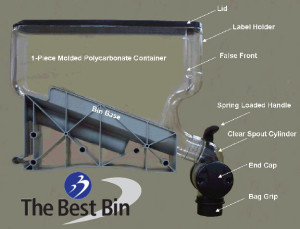 The Prototype Portion Control Cylinder was then tested for the amount of product it would allow to move though the dispensing unit on The Best Bins Bulk Food Container. The amount was not what we wanted. Four versions of the prototype part later we were all pleased with the outcome. At that point we were ready to build a new tool.
The Prototype Portion Control Cylinder was then tested for the amount of product it would allow to move though the dispensing unit on The Best Bins Bulk Food Container. The amount was not what we wanted. Four versions of the prototype part later we were all pleased with the outcome. At that point we were ready to build a new tool.
The amount of time and money saved by being able to rapid prototype this part was significant to our customer. Without this testing capability we would have been forced to rebuild a mold cavity multiple times, which is both expensive and destructive to the integrity of the new tool.
It should be noted this approach is best used to determine size and fit, not strength and toughness. Material characteristics will be very different in the prototype than in the final molded version.
Pull Ahead Cavities:
Another approach to prototyping is the concept of pulling forward a cavity in a multiple cavity tool. If the project is for medium to small plastic parts, then it is very common to use a tool in production containing several cavities of the same part. In this case it is sometimes wise to build one cavity and use that cavity to product prototype parts. If changes are required, modifications can be made to that cavity only, allowing all subsequent cavities to be constructed to the newly proven geometry; resulting from the testing on the prototype (pull ahead) cavity. This is also the prototyping choice where many parts are required for testing and the test challenges the strength and toughness characteristics.
 SPI Industries used this technique in developing a new plastic collar for Monsanto’s 1 gallon Pump n’ Go “Round-Up” dispenser. The new tool was to be 4 cavities. SPI used Mold Flow Software to assist with the tool design. It was then determined a Pull Ahead Cavity was the right way to go so extensive testing could be done before completion of the other three cavities. We did discover additional changes to be made and thus preserved the strength and durability of the final three cavities.
SPI Industries used this technique in developing a new plastic collar for Monsanto’s 1 gallon Pump n’ Go “Round-Up” dispenser. The new tool was to be 4 cavities. SPI used Mold Flow Software to assist with the tool design. It was then determined a Pull Ahead Cavity was the right way to go so extensive testing could be done before completion of the other three cavities. We did discover additional changes to be made and thus preserved the strength and durability of the final three cavities.
Reap benefits of creating a plastic prototype for production molding. SPI Blow Molding and SPI Industries injection molding specialize in custom solutions and mold design. SPI Blow Molding and SPI Industries injection molding specialize in custom solutions. Bring us your plastic parts and plastic product manufacturing challenges and let us get to work creating solutions.
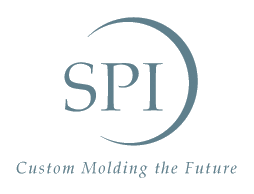
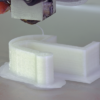

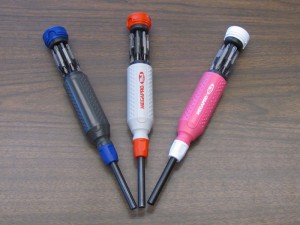
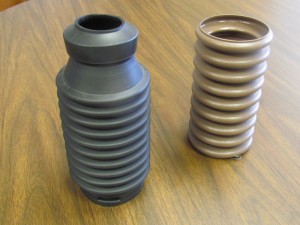
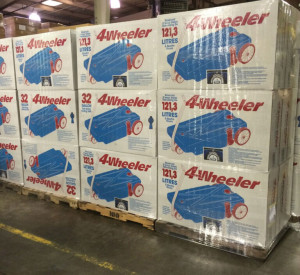 ve been produced they may then be packaged and delivered to your facility for assembly and further distribution, or could be delivered directly to your customers. Discuss in detail your overall need for assistance with any and all steps in the manufacturing process.
ve been produced they may then be packaged and delivered to your facility for assembly and further distribution, or could be delivered directly to your customers. Discuss in detail your overall need for assistance with any and all steps in the manufacturing process.